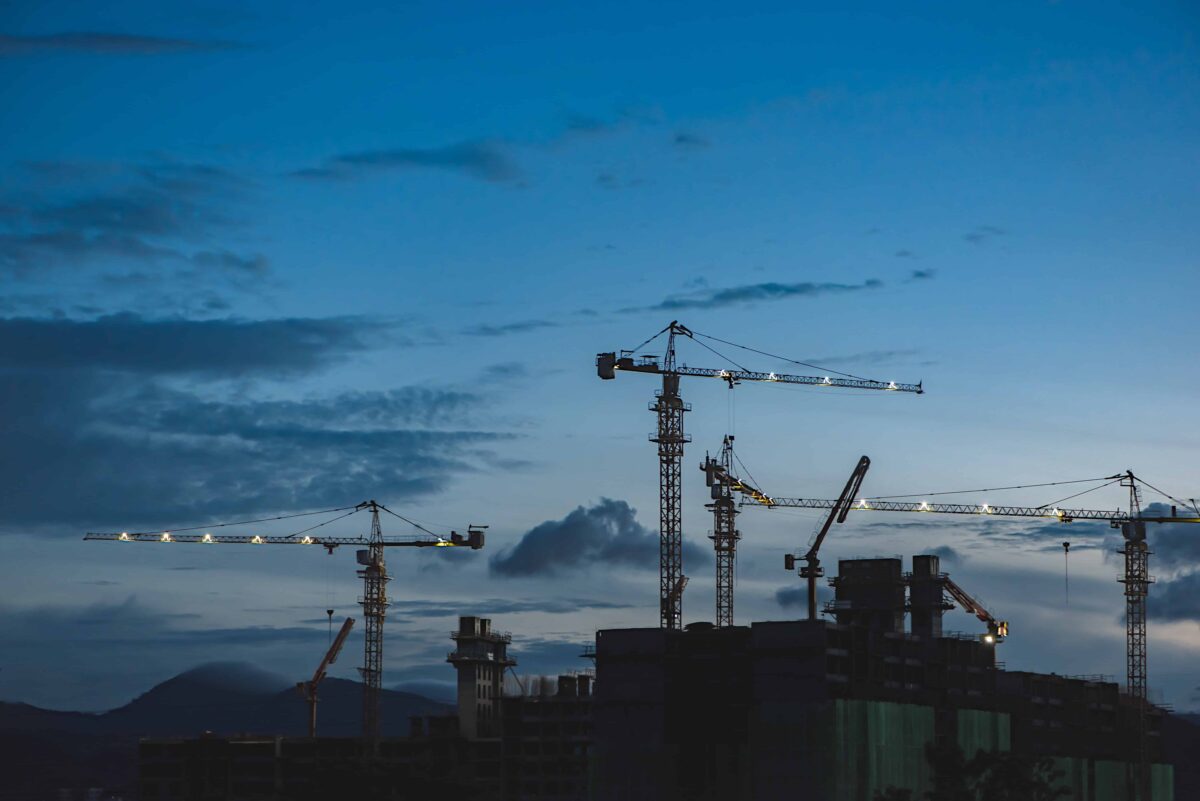Five Key Considerations in Making or Assessing a Force Majeure or Associated Delay Claim

Following the unfortunate onset of the COVID-19 pandemic in Canada, the phrase force majeure has been raised by many as a contractual cure-all. However, the interpretation, scope of application, and ultimate result of a force majeure clause is not a simple issue.
As with all contracts, the interpretation and application of the force majeure clause, if such a clause exists in the contract, requires consideration of the whole of the contract and the relevant facts.
Contractual force majeure clauses originated as a solution to the often harsh consequences of the common law’s application of the doctrine of frustration. When events occur outside of the control of the parties that thwart the contract, and no contractual mechanism is available to address the situation, the doctrine of frustration may operate to permanently relieve parties from all obligations by ending the contract entirely, leaving an uncertain and unplanned aftermath.
A force majeure clause is intended to provide some guidance and structure to address the consequences of temporary (or permanent) situations that prevent parties from fulfilling their binding obligations.
In a 1976 decision, the Supreme Court of Canada described force majeure clauses as follows:
“An act of God clause or force majeure clause … generally operates to discharge a contracting party when a supervening, sometimes supernatural, event, beyond control of either party, makes performance impossible. The common thread is that of the unexpected, something beyond reasonable human foresight and skill.”
Since then, courts have grappled with how strictly to construe and apply such clauses. Because the clause works to relieve what may otherwise have been a breach of contract, courts will generally interpret the clauses in a narrow manner and will require that the party seeking to rely upon the clause, show that the situation squarely falls within the clause. This often requires the party claiming the benefit of a force majeure clause to show that they did not cause the event that they claim triggered the operation of the clause. As well, it may be required that the event not be something that could have reasonably been foreseen such that pre-planning could have avoided it.
Based on the Supreme Court of Canada’s 1976 statement about force majeure clauses, it has been argued that the unforeseen event must have made it impossible to perform a contractual obligation, which is a high standard to prove. Since then, depending on the wording of the clause, litigants and courts have grappled with whether the force majeure event merely needs to have created a much more difficult situation for the party to perform its obligation as opposed to making performance impossible. Ultimately, the answer depends on the wording of the contract, the circumstances of the event, and any applicable legal precedent.
The importance of considering the contract as a whole is evident when situations such as COVID-19 arise.
Alongside the parties’ own efforts to address this nefarious virus, good faith efforts and actions have been taken by third parties to assist the situation in the community-at-large – such efforts by their nature will also have an impact on projects. At times, a contract will account for actions taken by public authorities, and will allocate risk for such actions. As well, the contract may allocate between the parties the risk of material supply and associated delays.
When assessing a delay it is important to distinguish between whether the delay results from a force majeure event, or is in reality a claim for delay. For example, the CCDC 2-2008 contemplates three primary sources of delay to a Contractor. First, delays caused by an action or omission of the Owner or Consultant, contrary to the Contract, gives rise to a right of the Contractor to a schedule extension and reasonable costs from the Owner (GC 6.5.1). Second, if the Contractor is delayed by a stop work order issued by a public authority, not as a result of an act or fault of the Contractor, the Contractor may also be entitled to a schedule extension and reasonable costs from the Owner (GC 6.5.2). The third identified source of delay is akin to the traditional force majeure clause, and contemplates such events as fires, labour disputes, unusual delay by common carriers, or “any cause beyond the Contractor’s control other than one resulting from a default or breach of Contract by the Contractor” as a catch-all. In those circumstances, the Contract Time is to be extended. However, the clause provides that the extension is to be measured by the time lost as a result of the event, and the Contractor is not entitled to costs incurred by the delay unless the delay resulted from actions by the Owner or Consultant.
After the onset of the pandemic, as a precautionary measure, many contractors distributed standard form letters giving Owners notice of potential as yet unknown delays caused by the pandemic, with as yet unforeseen consequences. As the potential for devastating pandemic impacts on projects hopefully passes or has passed by the time you are reading this article, contractors and owners will be left to sort out whether such standard form letters constituted notice of force majeure “claims”, or some other claim under the contract. As well, in the event of any resulting delays to completion, the issue may come up again at the end of the project.
When either making or receiving a force majeure claim or a claim for delay that has elements of force majeure, owners and contractors should consider:
- The Contract Clauses: based on a review of the contract as a whole, which clauses in the contract apply? If there is such a clause, does it provide only for an extension of time, or does it also allow for costs? If there is no force majeure clause, are there other notice of delay clauses which might apply to the potential claim(s)?
- The Notice: was timely notice provided, and if so did it comply with the contract?
- The Particulars: have sufficient particulars been provided establishing that the event and resulting impact meets the requirements of the clause? Has the party claiming the relief provided enough detail of how it has been prevented from performing its obligations, delayed, and/or incurred quantifiable costs as a result of the event?
- Avoidance of Impacts and Mitigation: were there alternative methods of performing the obligation or of avoiding the impacts? If not, what steps to mitigate the impacts were taken?
- Schedule Extension and/or Costs: if the claim meets the requirements of any clauses that might provide some form of schedule relief, what is the length of the schedule extension and, if applicable, what reasonable costs are compensable?
The contract, the factual circumstances and the balancing of risks between the parties are key factors to consider when resolving, arbitrating or litigating claims involving force majeure or associated delays.
Our team of construction lawyers is ready and able to assist with all manner of construction claims.
This article first appeared in Build Manitoba, a publication of the Winnipeg Construction Association.
Note: This article is of a general nature only and is not exhaustive of all possible legal rights or remedies. In addition, laws may change over time and should be interpreted only in the context of particular circumstances such that these materials are not intended to be relied upon or taken as legal advice or opinion. Readers should consult a legal professional for specific advice in any particular situation.




